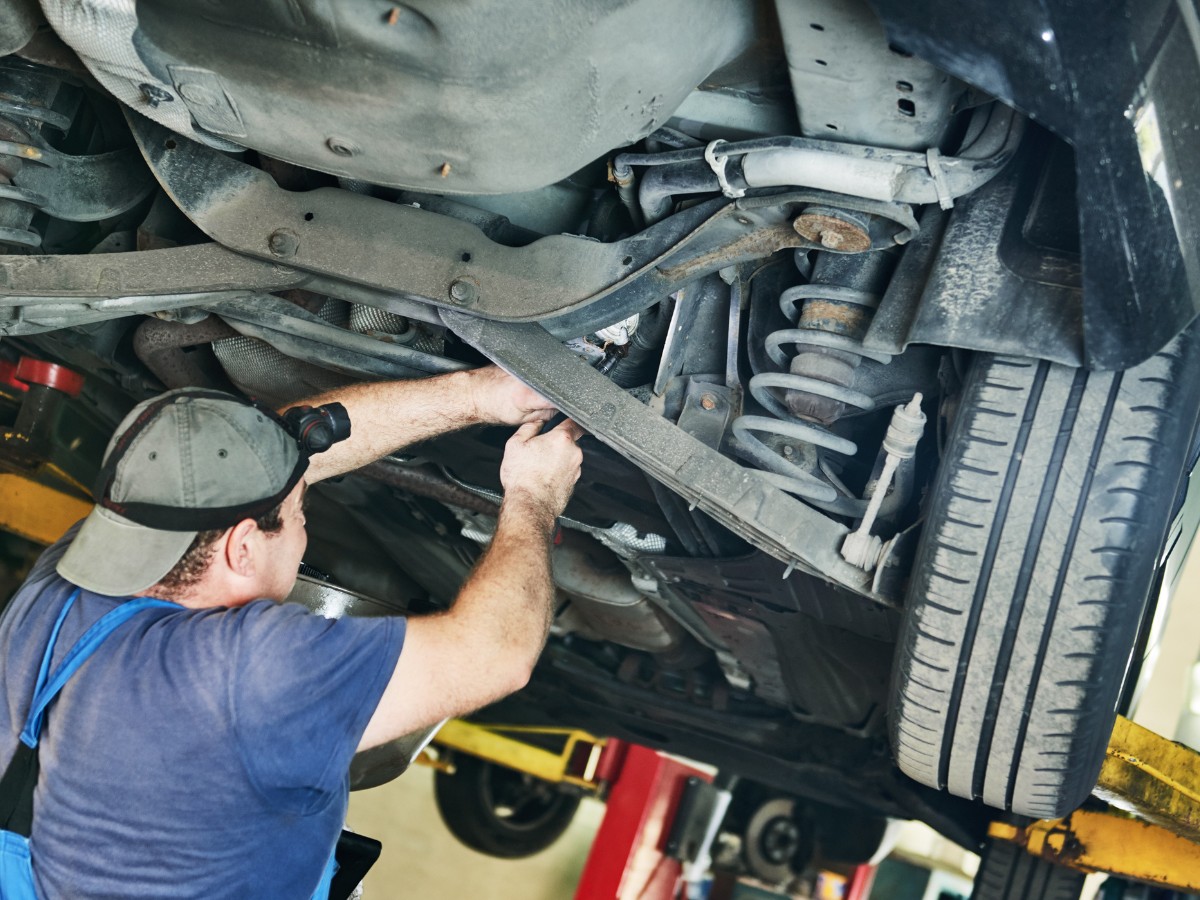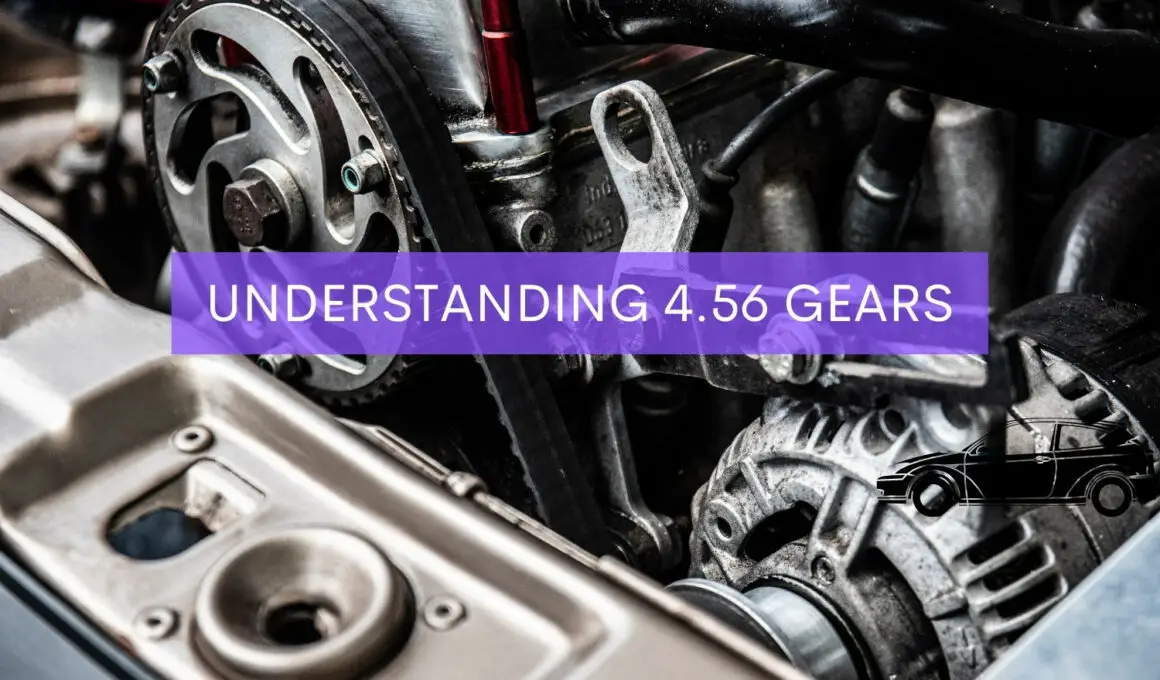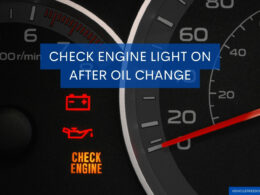In This Article Show
Today, we are going to dive into the heart of your vehicle’s performance: the gear ratios. Understanding them is crucial, whether you’re an avid off-roader, a heavy hauler, or just an automobile enthusiast seeking to optimize your ride.
Among the sea of gear ratios, we’re going to delve into the 4.56 gears specifically. Now, if you’re new to this or if these numbers are making your head spin, don’t worry. My goal is to simplify these mechanical terms and concepts for you.
By the end of this post, you’ll understand why 4.56 gears could be a game-changer for your vehicle’s performance.
Understanding Gear Ratios
Gear ratios can seem confusing, especially if you’re just starting to dip your toes in the ocean of automotive mechanics. But trust me, with over 15 years in the field, I can assure you that understanding these ratios is simpler than it initially seems. It’s all about the relationship between the gears in your car’s transmission.
Think of it like this: a gear ratio refers to the ratio between the rotations of the input gear (the one connected to the engine) to the output gear (the one connected to the wheels). This ratio determines how many times the engine has to turn for the wheels to turn once.
So, in essence, the gear ratio significantly affects your vehicle’s performance, including acceleration, top speed, and fuel economy.
For example, a 4.56 gear ratio – our focus today – means that the engine turns 4.56 times for each full turn of the wheels. It might sound like a lot, but this ratio has its advantages, which we’ll discuss further in this post.
I’ve spent a significant part of my career working with these ratios, and the key takeaway is this: the right gear ratio depends on how you use your vehicle. Whether for towing heavy loads, off-roading, or just cruising on the highway, the perfect gear ratio can make a difference.

The Role of 4.56 Gears
Now that we’ve covered the basic understanding of gear ratios, let’s delve into the specifics of the 4.56 gears. This gear ratio is particularly favored in specific driving conditions and for distinct vehicle types, primarily because of its unique performance characteristics.
You may be wondering, “Why the emphasis on 4.56 gears?” After 15 years of working with various gear ratios, I’ve seen firsthand how choosing the right gear ratio can drastically improve a vehicle’s performance in certain conditions. The 4.56 gear ratio, in particular, is an interesting beast.
As we mentioned earlier, a 4.56 gear ratio means that for each full turn of the vehicle’s wheels, the engine has to turn 4.56 times. This results in high engine RPM at a given speed, which means more power is available when needed most.
This means that 4.56 gears are especially useful in off-road scenarios or situations requiring high torque. If your vehicle’s primary use is heavy hauling, towing, or trekking through challenging terrains, 4.56 gears can provide that extra grunt when needed.
The higher rotational speed of the engine keeps the vehicle in its power band, thereby enhancing its capability to maneuver tough terrains or haul heavy loads.
However, the use of 4.56 gears is not limited to these scenarios. Even if you’re a city driver who needs quick acceleration or enjoys a responsive ride, 4.56 gears might just be what you’re looking for.
Benefits of 4.56 Gears
In my 15 years of professional experience as a mechanic, I’ve worked on a multitude of vehicles, each with different gear ratios. And each time, I’ve found that the right gear ratio can significantly influence a vehicle’s performance, and the 4.56 gears are no exception.
But, what makes 4.56 gears stand out? Let’s explore their benefits:
1. Improved Acceleration
The higher the gear ratio, the faster your vehicle can accelerate. With 4.56 gears, your vehicle’s engine turns more times per wheel revolution, which means you get a faster start. This is particularly useful in stop-and-go city driving.
2. Enhanced Towing Capability
If you’re hauling a heavy trailer, you’ll want all the power you can get. 4.56 gears increase the engine’s RPMs at any given speed, allowing it to produce more power and torque, making towing heavy loads easier.
3. Off-Road Performance
The strength of 4.56 gears lies in their ability to provide extra torque and control when you need it. For off-roading enthusiasts, this means better control and power when climbing steep hills or navigating through difficult terrains.
4. Better Hill Climbing
Higher gear ratios like the 4.56 can provide extra power when climbing steep grades. Whether it’s an off-road trail or a steep city street, your vehicle will be more equipped to tackle uphill drives.
However, it’s important to remember that while 4.56 gears offer these advantages, they may not be the best choice for all drivers. For example, if your primary driving is highway cruising, a lower gear ratio might be a more efficient choice.
In the end, it all comes down to your driving needs and habits. But if quick acceleration, heavy hauling, or off-roading is your priority, then 4.56 gears could significantly enhance your vehicle’s performance.
Common Vehicles that Utilize 4.56 Gears
I’ve seen 4.56 gears in a variety of vehicles, each chosen to suit specific performance needs. While it’s not the exclusive domain of any single type of vehicle, you’re likely to find this gear ratio more commonly in certain kinds of vehicles.
- Off-road Vehicles: 4×4 off-roaders, such as Jeep Wranglers and Ford Broncos, often benefit from 4.56 gears. The increased torque and power provided by this gear ratio make it ideal for traversing rugged terrains and climbing steep inclines.
- Pickup Trucks: Pickup trucks that are used for towing, like the Chevrolet Silverado or Ford F-150, often employ a 4.56 gear ratio. The enhanced towing and hauling capability offered by these gears make them a popular choice in such vehicles.
- SUVs: Sport Utility Vehicles (SUVs) used for heavy hauling or off-roading often come equipped with 4.56 gears. For instance, vehicles like the Toyota Land Cruiser are known for their off-road prowess and benefit significantly from this gear ratio.
- Modified Vehicles: Car enthusiasts who modify their vehicles for performance or specific tasks such as rock crawling often upgrade to 4.56 gears. This modification can greatly enhance vehicle response and power where it’s needed most.
Remember, the choice of gear ratio is all about finding the balance that best suits your driving needs and the demands you place on your vehicle. The 4.56 gear ratio is merely one choice among many but can be a game-changer for the right vehicle and driver.
Comparing 4.56 Gears with Other Gear Ratios
In my extensive experience of over 15 years as a mechanic, I’ve found that understanding the difference between gear ratios can significantly affect the selection process. To put it in perspective, let’s compare the 4.56 gear ratio with other common gear ratios like 3.73 and 4.10.
1. 4.56 Gears vs. 3.73 Gears
If we compare 4.56 gears to a lower ratio like 3.73, the key difference is in the engine’s RPM for a given speed. With 4.56 gears, the engine will run at a higher RPM compared to 3.73 gears.
This translates to better acceleration, more towing power, and increased off-road performance with 4.56 gears. However, 3.73 gears might be more suitable for highway cruising or daily city driving, as they tend to offer better fuel efficiency at higher speeds.
2. 4.56 Gears vs. 4.10 Gears
The difference between 4.56 and 4.10 isn’t as stark as with 3.73 gears. Both these gear ratios are on the higher end, and so, both offer increased torque and better acceleration compared to lower ratios.
That said, 4.56 gears will still provide a bit more power, making them more suitable for very heavy towing or more demanding off-road conditions. On the other hand, 4.10 gears might offer a slight edge in fuel efficiency and could be a better choice if you do a mix of city and highway driving.
| Gear Ratio | Acceleration | Towing Power | Off-road Performance | Fuel Efficiency at High Speeds | Ideal Use Case |
|---|---|---|---|---|---|
| 3.55 | Fair | Fair | Fair | Excellent | Primarily highway cruising, light city driving |
| 3.73 | Good | Good | Good | Very Good | Balanced city and highway driving, light towing |
| 4.10 | Very Good | Very Good | Very Good | Good | Mixed city and highway driving, moderate towing |
| 4.56 | Excellent | Excellent | Excellent | Fair | Heavy hauling, towing, off-roading |
| 4.88 | Superior | Superior | Superior | Poor | Extreme off-roading, heavy-duty towing |
In essence, the choice of gear ratio ultimately comes down to your specific needs. It’s all about balancing power and efficiency based on how and where you drive.
If your vehicle’s primary uses include heavy hauling, towing, or off-roading, 4.56 gears are an excellent choice.
But a lower gear ratio might serve you better if your main driving scenarios involve highway cruising or city commuting.
Installing and Maintaining 4.56 Gears
After more than 15 years as a professional mechanic, I can tell you that installing a new gear set is not a task for the faint-hearted. It requires specific tools, a good amount of mechanical knowledge, and precision. If you’re considering switching to 4.56 gears, I’d highly recommend having the job done by a professional.
That said, if you’re determined to install the gears yourself, here are the general steps:
- Removing the Differential Cover: The first step involves draining the gear oil and removing the differential cover.
- Removing the Carrier: After the cover is removed, you’ll need to take out the carrier, which houses the gears. This is often one of the most challenging steps.
- Removing the Ring Gear: The ring gear is bolted to the carrier and must be removed to install the new gear set.
- Installing the New Ring Gear: Once the old ring gear is off, the new one can be installed onto the carrier.
- Reassembling the Differential: After the new gears are installed, the differential must be reassembled. This step requires careful alignment and setting the correct gear backlash.
- Sealing the Differential and Adding Gear Oil: Finally, the differential cover is resealed, and new gear oil is added.
It’s worth repeating that this is a simplified version of the process, and the actual installation can be more complex.
When it comes to maintaining your 4.56 gears, regular checks and changing the differential oil according to your vehicle manufacturer’s recommendations will keep your gears running smoothly.
Be sure to monitor for any unusual noises or changes in your vehicle’s performance, as these could signal issues with the gears.
Wrapping it up
Choosing the right gear ratio, such as the 4.56, can significantly enhance your vehicle’s performance, based on your specific driving needs. With their excellent acceleration, superior towing power, and outstanding off-road performance, 4.56 gears are a strong choice for heavy-duty tasks and off-road adventures.
However, as with any vehicle modification, it’s important to consider your typical driving scenarios and consult with a professional mechanic or gear specialist before making a decision.
Remember, the best gear ratio is the one that best aligns with your driving habits and the demands you place on your vehicle.










